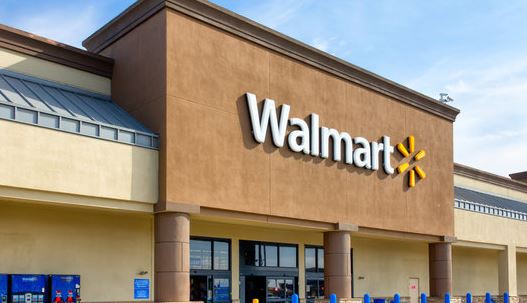Walmart’s Digital Pricing Shift Raises Fears of Surge Pricing for Shoppers

Walmart’s recent move to implement digital pricing displays in its stores has sparked concerns among consumers about the potential for surge pricing. The retail giant is transitioning from traditional price tags to electronic shelf labels (ESLs), a change that allows for real-time price updates but has also raised questions about how these updates might affect shoppers.
The Shift to Digital Pricing
Digital pricing is part of Walmart’s broader strategy to enhance operational efficiency and improve the shopping experience. By using ESLs, Walmart can update prices across its stores instantly, reflecting promotions, inventory changes, and competitive pricing more accurately. These digital tags are seen as a step forward in retail technology, allowing for more dynamic pricing strategies that can adapt to various factors in real-time.
Concerns Over Surge Pricing
However, this convenience comes with concerns. The ability to change prices quickly has led to fears that Walmart might implement surge pricing—where prices fluctuate based on demand, time of day, or even the shopper’s purchasing behavior. This practice is common in industries like ride-sharing and hospitality, but its potential introduction into retail has consumers worried about inconsistent pricing and the loss of transparency.
Critics argue that surge pricing could lead to higher costs during peak shopping times or in high-demand areas, making it harder for budget-conscious consumers to plan their purchases. Additionally, there’s concern that frequent price changes might erode trust if shoppers perceive that prices are not stable or fair.
Walmart’s Response
Walmart has not confirmed any plans to use surge pricing with its new digital system. The company emphasizes that the move to ESLs is primarily about efficiency and accuracy, ensuring that customers see the most current and correct prices at all times. However, the possibility of real-time price fluctuations remains a topic of debate, with consumer advocacy groups calling for transparency in how these digital tools will be used.
As Walmart continues to roll out this technology, the retail industry will be watching closely to see how it affects pricing practices and consumer behavior. Whether this shift leads to a new era of dynamic pricing in retail or simply a more streamlined shopping experience remains to be seen.





